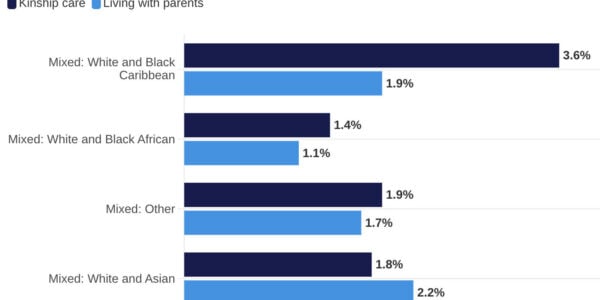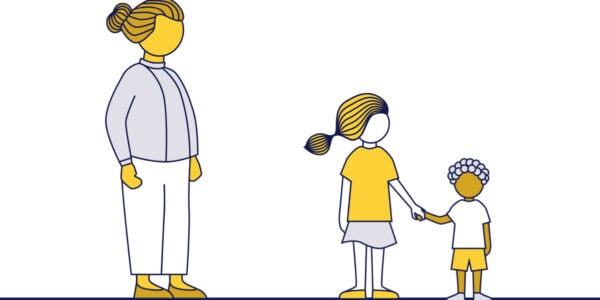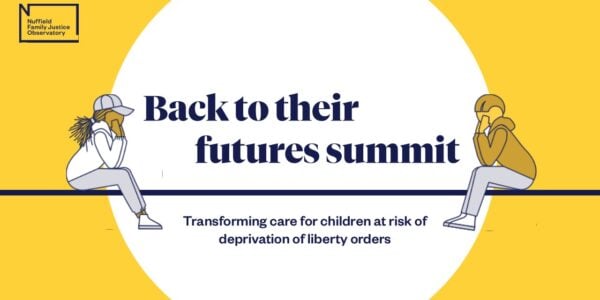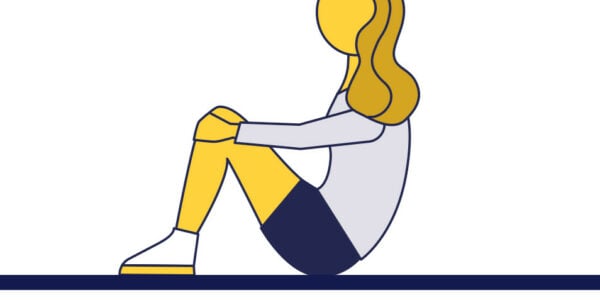Today, the Ministry of Justice (MoJ) has published information about the number of children subject to applications to deprive them of their liberty under the inherent jurisdiction of the high court (DoL applications) in their Family Court Statistics Quarterly release.
It shows that 371 children were subject to applications to deprive them of their liberty between July to September 2024 in England and Wales.
MoJ began collecting and publishing data about DoL applications under the inherent jurisdiction in July 2023. Prior to this, children subject to DoL applications did not appear in national administrative data.
What does this release of data show?
How many applications were made?
There were 371 applications – relating to 371 individual children – for DoL orders in the high court between July and September 2024. So far in 2024 there have been 960 applications to deprive children of their liberty under the inherent jurisdiction.
Information about who made the application and where in the country the application came from has not been published by MoJ.
How does this compare to applications for secure accommodation orders?
According to MoJ, over the same period (July to September 2024), there were 60 applications for secure accommodation orders to place children in a secure children’s home (see Figure 2). There was over 6 times the number of DoLs applications, compared to secure accommodation applications.
This reflects a growing trend where applications for DoL orders – which authorise the deprivation of a child’s liberty in an unregulated secure placement – vastly outnumber applications to place children in registered secure accommodation. There is severe shortage of places in secure children’s homes, with around 50 children waiting for a place on any given day.
What was the outcome of applications?
MoJ has started to publish information about the legal orders made. It shows that of the 371 cases started from July to September, a first order has been made in 278 cases (74.9%). It is not clear what happened in the other quarter of cases.
How long are children subject to DoL orders?
We can also see how long children are being subject to DoL orders. Data shows that the majority of children are subject to a DoL order for more than six months, suggesting that these are not short-term measures.
Between July 2023 (when data was first available) and December 2023, 503 cases have had a final order made. Over one-fifth (21.7%) of children were still subject to a DoL order 12 months after the first order was made. 36.5% of children were subject to a DoL order for more than six months.
One-fifth of children (22.3%) were subject to orders for less than three months, and 19.4% for between three and six months.
What do we know about the children involved?
Over half of children (57.7%) subject to applications between July and September 2024 were aged between 13-15 years, 30.7% were aged between 16 and 18, and 11.6% were 12 or under (see Figure 3). Data previously published by the FJO has shown that the majority of children subject to DoLs orders were 15 and above.
There was an equal gender split (female: 49.6%; male: 50.1%) (see Figure 4).
The MoJ data release does not tell us why the application was made, the ethnicity of children subject to applications, or whether a DoL order was made.
For further information about the needs and characteristics of children subject to DoLs applications, see here.






